Cryptocurrency (Everything You SHOULD Know)
Cryptocurrency can be overwhelming. Our goal with this ultimate crypto guide is for you to understand all the crypto and blockchain basics. Read here!
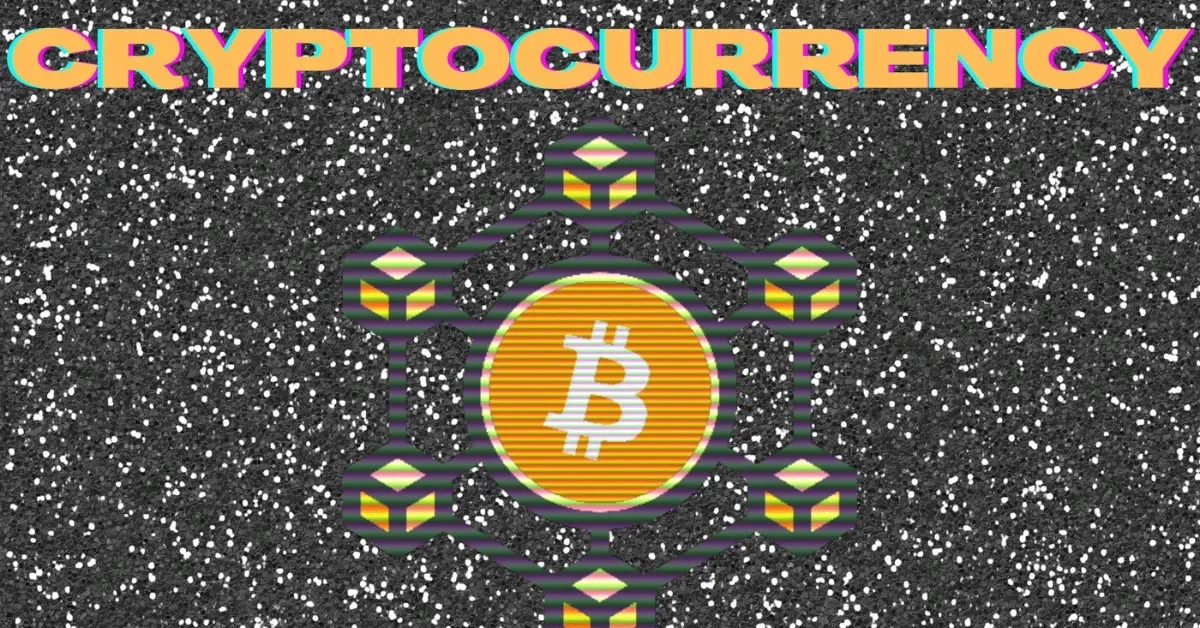
In this post, we're going to discuss what cryptocurrency is, what it isn't, where it came from, why it's important, what it can do and how you can use it.
That's a real mouthful, I know, but crypto can be somewhat complicated. In fact, that's the reason for this post. We want to make crypto easy.
Let's make it easy and straighten it all out.
Come on, let's go!
Before we look at the question of what cryptocurrency is, let's briefly look at and understand what regular currency is (a system of money).
If we understand what regular currency is, we can refer back, and make connections and comparisons which will help us to better and more easily understand what cryptocurrency is.
If you want to skip straight to the cryptocurrency part, go right ahead, it's down below.
What Is Currency?
Currency (system of money), the way we know it today, is a standard form of money that exists as physical paper cash or coins and digital dollars and cents in our bank account. This money is authorized by the central authority or government, usually a central bank, and is used as a medium of exchange.
Some people define currency by saying that it is also a store of value, although, this is a contentious topic and so we won't go there for now.
Currencies vary from country to country. Examples of currencies are US dollars, European euros, Swiss francs, and the Japanese yen.
Because currency is authorized by governments and central banks to be used as money, governments also authorize the supply of the currency. Many people have historically referred to this process as the printing of money.
This printing process is sometimes also referred to as minting (coins are minted).
In the modern world and in industrialized nations, there is no longer as much physical printing, instead, the supply of the money once authorized is done digitally without any actual physical printing of paper banknotes.
The way that the currency is supplied is either through;
- Printing
- Minting
- or digital creation
A central authority such as the central bank authorizes the supply, and then controls and manages the process and distribution of the currency to other banks which then further distribute it through loans and other methods like interest payments to people who keep their money in the bank or to corporations.
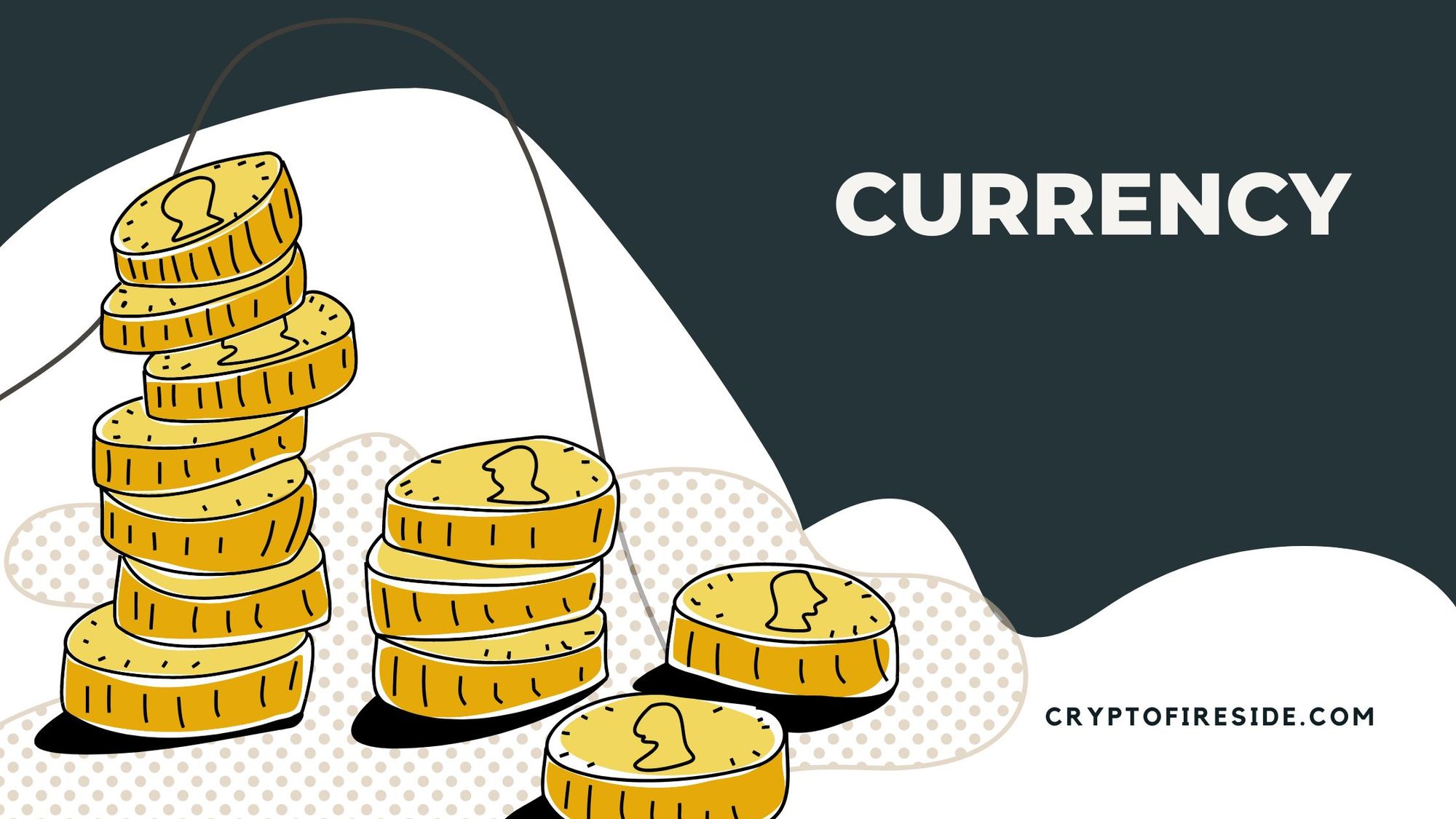
Who Prints the Currency (The Money)?
After the central bank approves for money to be printed, it will usually be printed physically by a centrally approved printing authority, in the US this is the Bureau of Engraving and Printing, in Australia, this is Note Printing Australia and Securency which is a subsidiary of the Reserve Bank.
But of course, as we explained above, most of the world's money in the modern era, especially in industrialized nations is no longer printed and is instead supplied to banks as digital ones and zeros. A 2017 chart produced by MarketWatch shows that only 8% of the world's money exists as coins and banknotes.
Managing the Currency - Digital Ledgers
This money then flows down and is supplied to people and businesses alike.
Once the money is digitally and or physically circulated it might wind up in your bank account either through a loan, a business payment, or from your employer. You can send it to a friend or use it to pay for goods and services.
Physical paper money and coins (cash) are somewhat easier to track and manage as opposed to digital cash because you can't just replicate a physical cash banknote due to specialized engraving, art, security features, and serial numbers which are all designed to reduce counterfeiting.
When it comes to digital cash, banks use something called a digital ledger to manage the movement of the money and solve something called the double spending problem.
Example: you want to buy a loaf of bread that costs $1.00, so you use your debit card to pay the baker for the loaf of bread. Your retail bank (trusted third party) verifies that the money ($1.00) is moved from your bank account, which has $10.00 inside and is transferred to the bank account of the bakery which has $100.00. The bank checks that you now have are $9.00, and the baker has $101.00.
A modern-day ledger is a digital record and management tool that the bank uses to be able to credit and debit money and make sure there is no double-spending via a manual method. This means that they manually manage the transaction to make sure that you and the baker both don't have the same amount of money after the transaction.
Banks need to do this because unlike paper cash (bank notes) that are serialized, digital cash has no identifier or marker and could technically be active in more than one account.
[1] Currency is authorized and supplied by central banks. The currency is supplied and distributed for use by digitally or physically creating it. [2] Banks manage digital cash transactions using a manual method and digital ledger to make sure that transactions are accurate. This is how they solve the double spending problem.
Now that we know what currency is, let's explore what you came here for, cryptocurrency.
Cryptocurrency
₿ Ł Ξ Ð ₳
What Is Cryptocurrency and How Does It Work?
There are two parts to this question.
Let's answer them briefly, and then expand on the answers and go into a little more depth so that we have a good grasp of the answers.
Briefly;
- Cryptocurrency is a decentralized digital currency.
- Cryptocurrency works by using a peer-to-peer proofing mechanism on a decentralized digital ledger called a blockchain.
Now let's break down these answers individually in more depth.
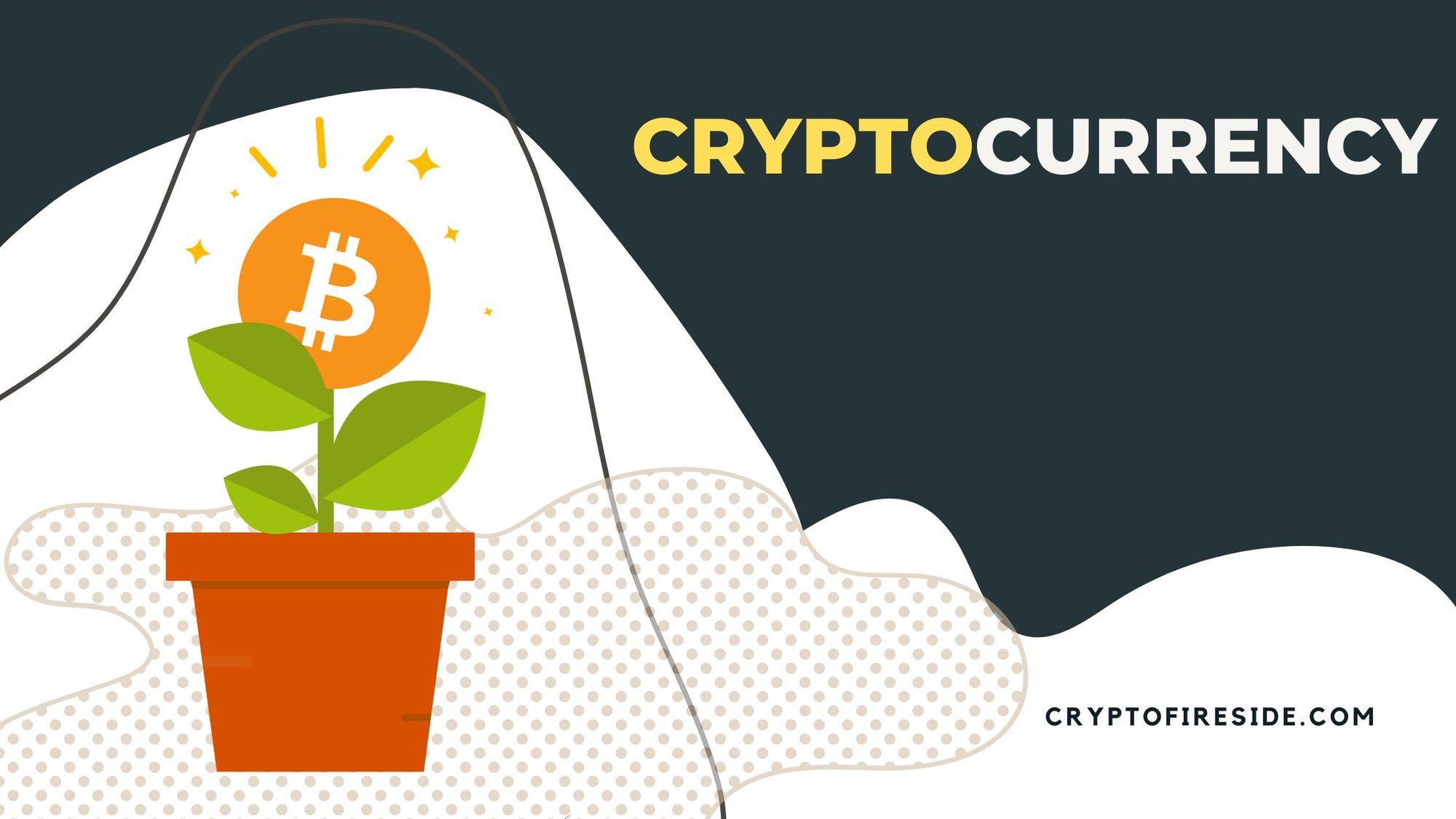
What is cryptocurrency?
Cryptocurrency, or "crypto" as it is commonly referred to, is a decentralized digital currency.
Unlike the currency (approved money) in your pocket or bank account, cryptocurrency is not supplied or printed into circulation by a central bank or other central authority.
Instead, it is commonly created through a proofing process that operates on something called a blockchain. Often this is referred to as minting, but not always.
The distribution of the cryptocurrency differs from project to project, not all crypto projects mint their coins, and not all projects mint all of their coins. Some use other methods to distribute their coins such as initial coin offerings (ICOs), airdrops, or bounties.
Cryptocurrency, like regular currency, can be used to exchange and transact value. Crypto can be used to buy products and services, make payments, and gift money. Whatever you can do with digital currency such as the US dollar or the Euro, is also possible with crypto.
Crypto does not require a middleman, third party, or central authority to authorize and verify transactions, instead, there is a network of secured computers (peer-to-peer network) that power the cryptocurrency network.
This computer network can both create cryptocurrency coins by minting them and autonomously verify and confirm transactions in a decentralized manner.
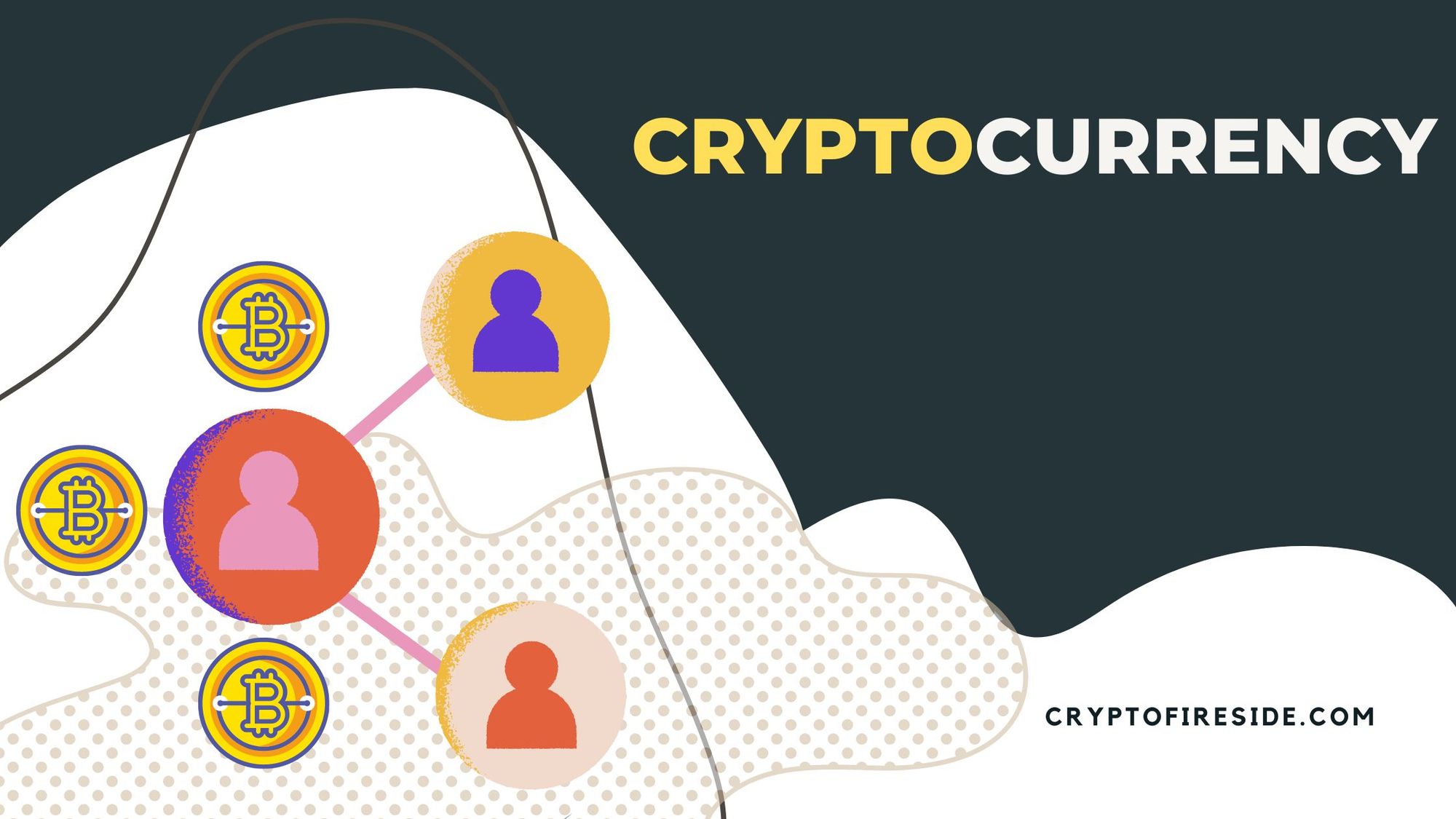
How Many Cryptocurrencies Are There?
There are many thousands of cryptocurrencies. Some reports suggest that there are approximately 20,000 total cryptocurrencies. 10,000 of those are in an active state and are being traded or used while the other 10,000 are inactive.
The Most Popular Cryptocurrencies
The most popular and well-known cryptocurrencies are as follows:
- Bitcoin (BTC)
- Ethereum (ETH)
- BNB (BNB)
There are many others and depending on how we want to gauge their popularity, whether it is by their price, volume, or market cap we can likely come up with different ways to attribute popularity.
What Are Cryptocurrencies Used For?
Crypto has many different uses. Traditionally cryptocurrencies are traded on cryptocurrency exchanges in the same way stocks are. People also invest in them for the long term.
Below is a short list of uses;
- Trading and investing
- Medium of exchange for products and services
- Digital art, known as NFTs (non-fungible tokens)
- Decentralized finance or financial services, known commonly as DeFi
- Gaming
- Metaverse
Read also: How to stay safe from crypto exchange bankruptcies?
How Are Cryptocurrencies Stored?
Regular currency such as banknotes can be stored in your physical wallet, purse, in a safe, or as digital cash in a bank account that is secured by a third party.
Cryptocurrencies, on the other hand, are not created, distributed, or managed by central authorities and so bank accounts and third parties are not required.
Cryptocurrency is stored on the blockchain itself, through a process of attributing unique numbers to each token and those tokens to public and private addresses.
Because this process (above) can be complicated, the most common way for cryptocurrency to be securely stored and easily accessed for sending and receiving is a piece of software application called a 'wallet' that exists on your smartphone, computer, or in an online version on a website or the browser itself.
Some cryptocurrency wallets only store one type of cryptocurrency, while others can store many different types of cryptocurrencies.
Wallets can store, send and receive crypto, as well as complete other functions, and they can be managed by a third party such as an exchange or broker.
There are also hardware wallets which are specialized USB-style devices with heavy security and encryption capabilities.
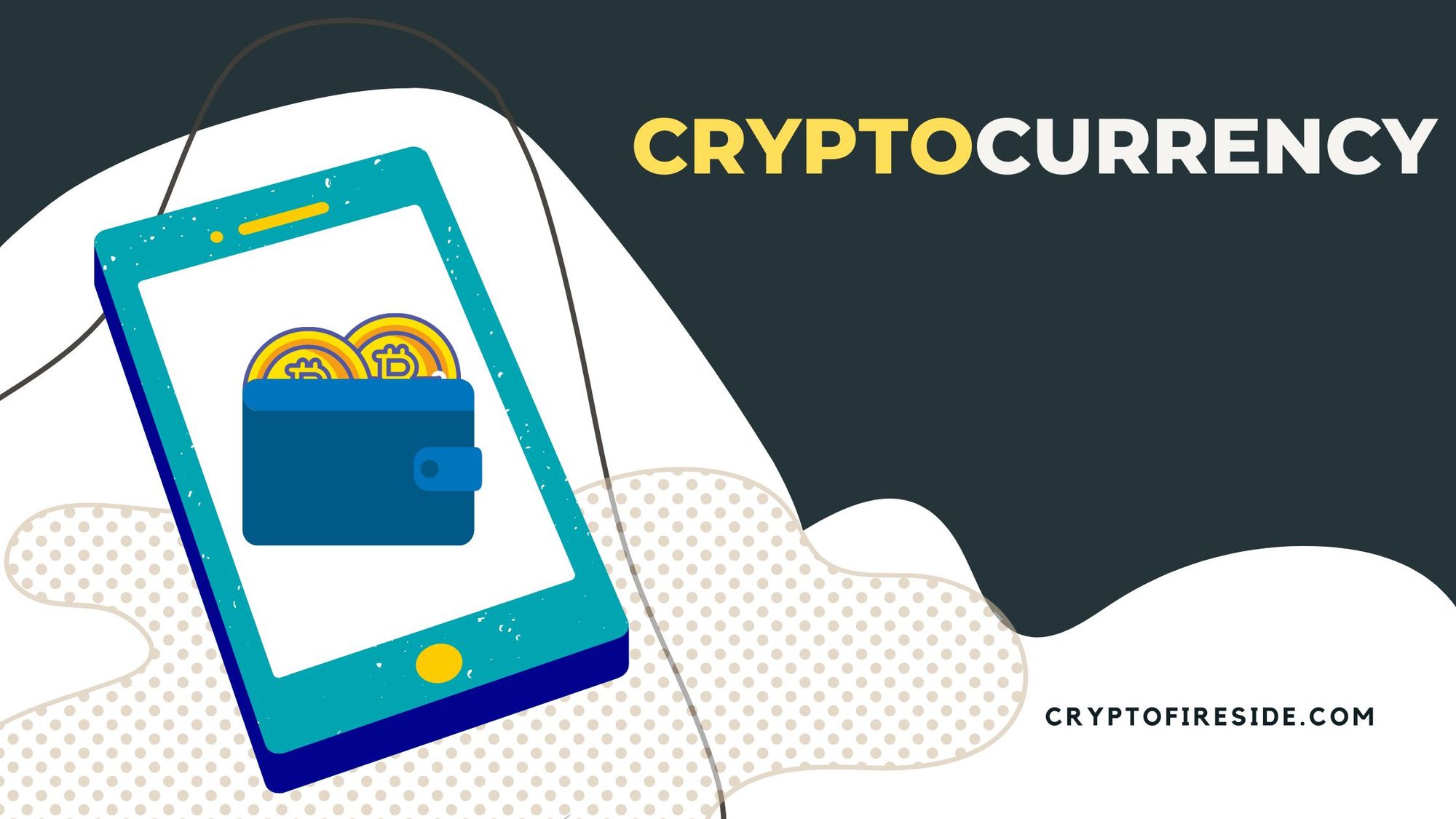
How Else Can Cryptocurrency Be Defined?
There are various ways to describe and define crypto, It's a good idea to look at other definitions so that we really drive the understanding home and make sure we do a good job of explaining what it (cryptocurrency) actually is.
Also, people learn differently, and some may find other explanations and definitions easier to understand. Below are 2 different definitions from external sources:
DEFINITION 1
Dictionary.com, the web's most popular dictionary resource defines it (cryptocurrency) as follows;
"a digital currency or decentralized system of exchange that uses advanced cryptography for security".

DEFINITION 2
From Wikipedia;
A cryptocurrency, crypto-currency, or crypto is a digital currency designed to work as a medium of exchange through a computer network that is not reliant on any central authority, such as a government or bank, to uphold or maintain it.

Other Crypto Definitions and Common Terms
An altcoin is a word you might hear from time to time and this means 'alternative coin'. Because Bitcoin was the first cryptocurrency, every currency that was released afterward was referred to as an Altcoin.
Stablecoins refers to coins that are designed to hold and maintain a stable value which is usually pegged to some other type of asset. Usually, a real-world currency belonging to a nation-state.
There are centralized and decentralized stablecoins. Some examples of centralized stablecoins are USDT and USDC meaning there is a governing body that makes decisions that influence directly the coin. The most decentralized stablecoin is created by Liquity Protocol and is called LUSD. It is decentralized because it is unstoppable. Even if the people who created LUSD want to make a change to it, they can't. The US or some other government decides to ban it? They simply cannot ban it or censor it. LUSD is completely immutable.
CBDC or Central Bank Digital Currency is a type of cryptocurrency that is being explored by many central banks around the world. With the onset of cryptocurrencies, it was discovered that the process of transacting value, debits, and credits did not need to be managed by the local or retail banks and could simply be done with blockchain technology.
Public key. This key allows you to receive cryptocurrency. It's like an account number in the banking world and is paired with your private key (below). The public key is what receives transactions and is often referred to as your address.
Private key. This key is crucial because as the name says, it is private, it is the key that unlocks your public key. Without it, nothing works. Never share this with anyone! In many cases, this private key is hidden in the background of the software.
The address is where you send coins to and where you receive coins. As above, it's like an account number. You can share your address. Although do note that in most cases the transaction data is public.
Token or Coin, What Is the Difference?
Many people use these terms interchangeably but there is a difference.
Coin refers to an original pioneer coin launched on its own native blockchain. Examples are Bitcoin, Litecoin, and Ethereum.
A token is created on top of an existing blockchain, for example, if I wanted to quickly and easily launch a CryptoFireside-currency, without having to come up with my own blockchain, I could very easily and quickly do this by creating the tokens on the Ethereum network (AKA not my own native blockchain).
Think of this similar to how you buy tokens in a video game arcade, you can't create your own native currency to be used in the arcade because one already exists but you can use tokens to play and interact.
Examples are Chainlink, Tether, and Basic Attention Token.
[1] Cryptocurrency is not authorized and supplied by central banks. [2] Cryptocurrency is a digital asset.
[3] Cryptocurrency is a medium of exchange.
[4] Crypto is created through a decentralized proofing process.
[5] Crypto is managed by a blockchain.
Now that we have a good base understanding of what cryptocurrency is, let's find out how it works and then get into a little bit of history and some frequently asked questions.
How Does Cryptocurrency Work?
You'll remember from the earlier currency example we used, that when you pay the baker, the bank uses a digital ledger to manage the process of verifying that money from your bank account moves to the bank account of the baker.
They need to make sure the money is not double-spent or in other words that the same money is not active in more than one account, which is a problem in any digital cash system. As we learned, with physical cash or coins this is not a big problem, but in digital systems where numbers on a screen define the number of dollars and cents, it is a very important problem to solve.
With regular currency, the central authorities do all of the checks and balances and we trust them (to an extent) to move everything around and verify everything so that it all works.
Cryptocurrency is not ruled over by a central figure or authority that creates and manages it like a central authority or reserve bank does and so it needed to solve a couple of problems in order for everything to work.
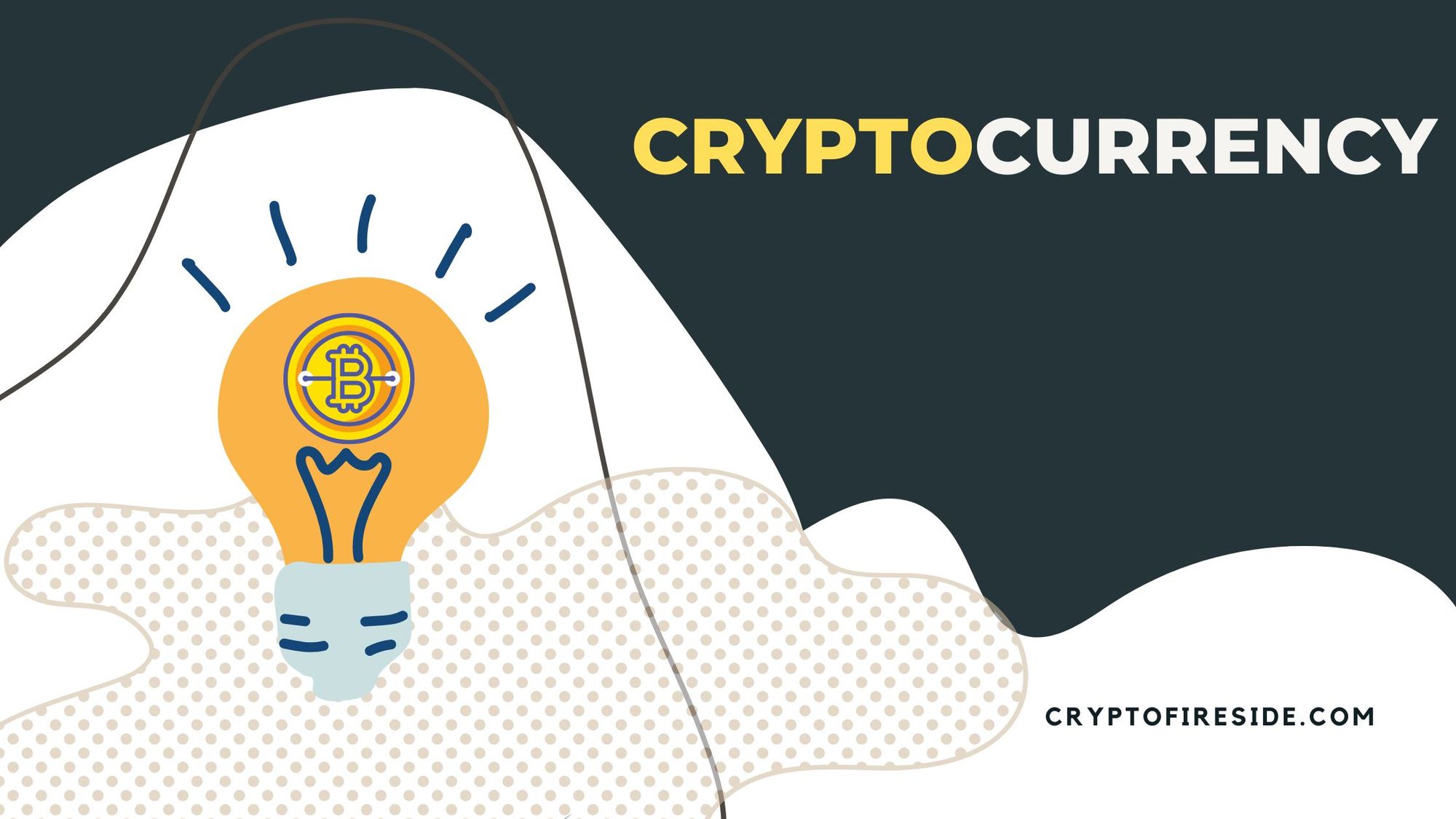
Ingredients That Make Cryptocurrency Work
Crypto needs a few things for it to work in a decentralized manner.
It needs a communication network and so it uses the current Internet.
It needs a way for all of the computers in the network to agree and so it uses a consensus mechanism. PoW or PoS are two examples.
It needs really strong security so fraudulent transactions can't be passed off as legitimate and so something called a Secure Hash Algorithm is used. Bitcoin as an example uses SHA256 which was created by the National Security Agency (NSA) and is said to be impossible to crack.
And it needs an incentive mechanism and so it created block rewards which help to create and distribute the cryptocurrency for work that is done to secure and verify the network.
All of this put together can be described as blockchain technology.
Blockchain
Because cryptocurrency is not centralized and not managed by a central bank, it cannot rely on a centralized digital ledger system to manage these money transfers and exchanges. Instead, cryptocurrencies use the blockchain to manage the creation and transaction of data in a trustless way.
There are some cryptocurrencies that do not use blockchain technology. IOTA uses a directed acyclic graph (DAG). For now, we will continue to focus on blockchain as it is the prominent solution used.
The blockchain is like a digital ledger that is secured by strong encryption. The big difference is that no one person, entity, or authority controls it. The blockchain is distributed and can be downloaded and run as software by anyone on any computer around the world. This is why cryptocurrency projects are referred to as decentralized projects.
The way that blockchains work is that they record data, such as transaction data into a block, in a linear fashion, each new block contains data from the previous block as well as a timestamp and so on moving forward in time, hence creating a chain (blockchain).
All of the computers around the world that are running the blockchain software are called nodes, all of these nodes work together to verify and confirm transactions and keep a history of them that they broadcast to one another.
Blockchains use a reward or incentive process to supply new coins into the system.
In the Bitcoin example, by incentivizing computers known as 'miners' to confirm and block these transactions together.
Each time a whole new bunch of transactions is confirmed by the nodes, the miners check the information is accurate and they put all of this information into a block, the first computer to do this is rewarded with more of the cryptocurrency.
The other benefit to the incentive mechanism is that it also secures the network because it means for anyone wanting to attack the network, hackers or bad actors, need to attack it with more computing power than all of the computers that maintain and secure the chain.
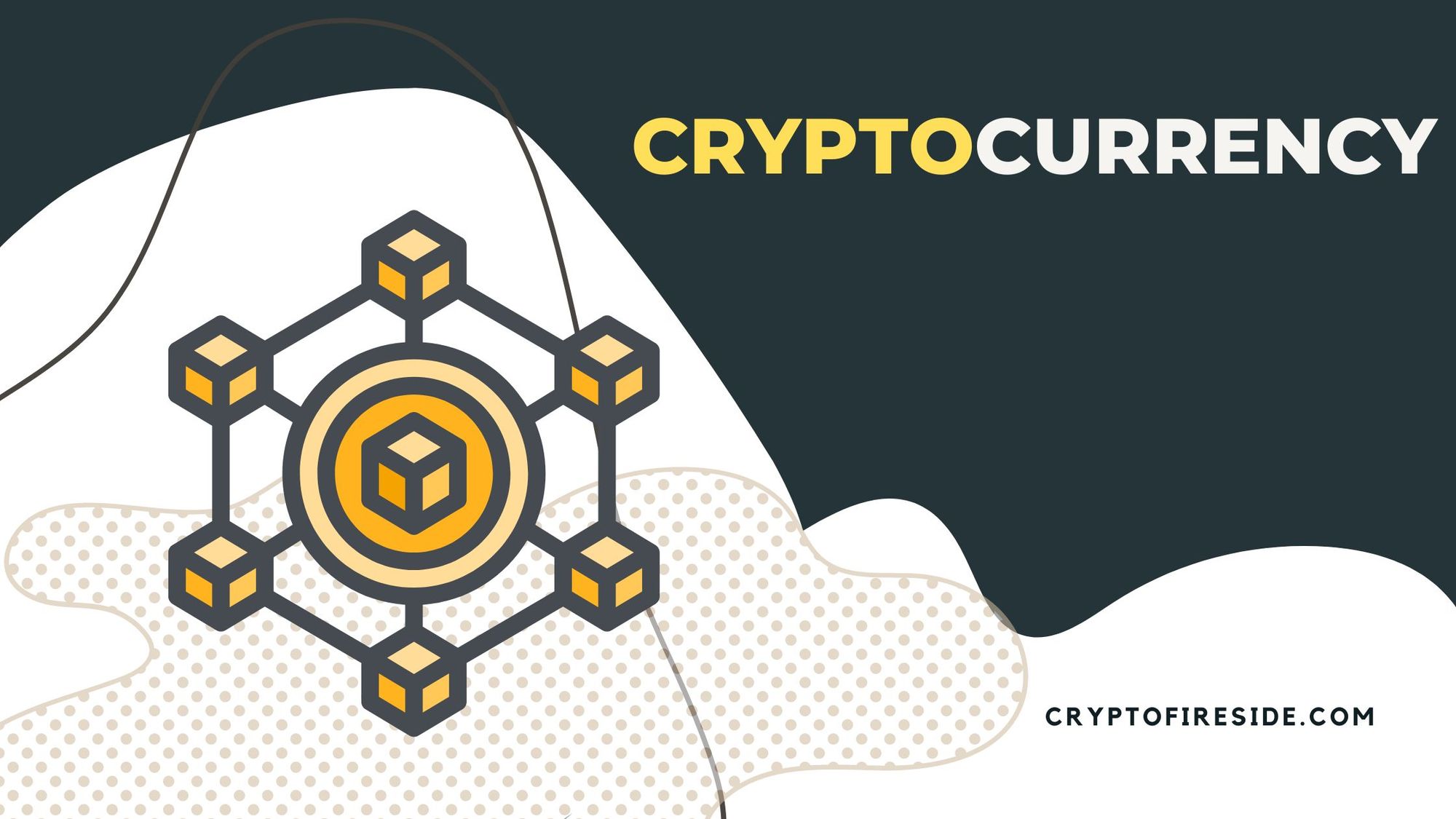
How Do the Blockchains Mint New Coins?
There are a few different ways that different cryptocurrency networks mint new coins, but the two most popular ways are something called Proof of Work (PoW) and Proof of Stake (PoS).
These are called consensus mechanisms.
Proof of Work means that specialized computers called miners "mine" the coins by completing complex mathematical puzzles and in doing so can prove that they have done the work first, this work (from proof of work) is verified by all of the other nodes in the peer-to-peer (P2P) decentralized network running the blockchain software.
The computer or computers that do this receive the reward.
Proof of Work systems have been criticized by environmentalists because of their energy consumption. In response, many PoW mines have set themselves up at oil extraction sites and are using the flare-off gas which would normally be burned off into the atmosphere as energy to mine crypto.
Popular cryptocurrencies that use PoW are Bitcoin, Dogecoin, and Monero.
Proof of Stake, in contrast to PoW systems, uses an identification method to prove that a 'validator' (as opposed to the miner) has the coin and staked it within that network. This is kind of like a lottery-based system, if you own the lottery ticket that is called, you are rewarded with more of that cryptocurrency. The more tickets (coins) that you are staking, the more chances you have that your ticket will be called.
Popular cryptocurrencies that use PoS are Cardano, Cosmos, and now also Ethereum.
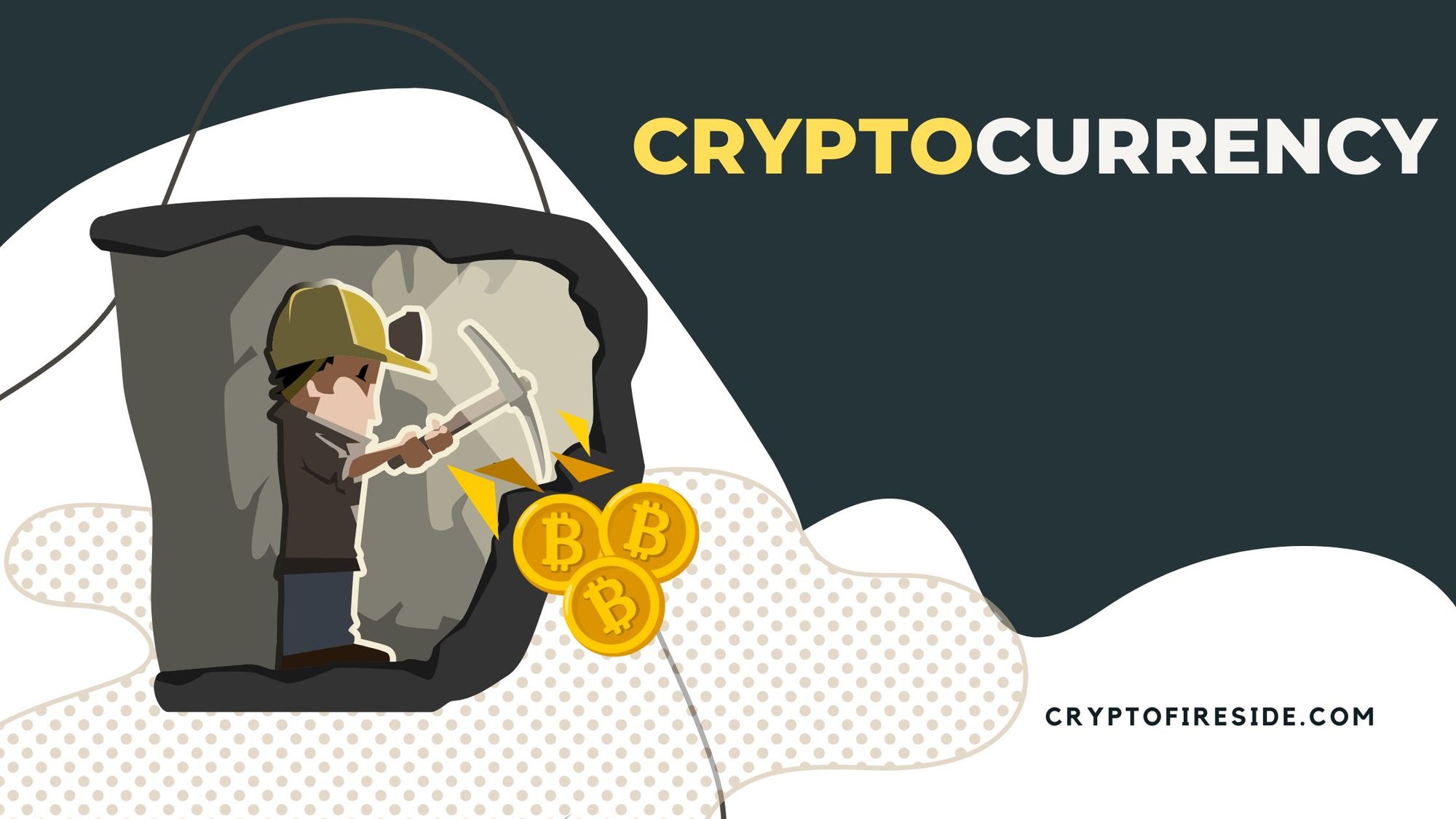
A Brief History of Cryptocurrency
The cryptocurrency had been discussed since the 80s by David Chaum through his ecash concepts but was not properly implemented until 2008 when in October of that year, an anonymous person or group of people known only as Satoshi Nakamoto published a paper called Bitcoin: A Peer-to-Peer Electronic Cash System.
Satoshi Nakamoto's bitcoin software was released in January 2009 as open-source code.
To this day, nobody knows who Satoshi Nakamoto is and whether or not it is one individual or a group of people.
Hal Finney received the first bitcoin, and some people have theorized that Hal is Satoshi Nakamoto. Finney created a PoW predecessor called reusable proof-of-work system (RPoW) in 2004. Other notable persons in the history of Bitcoin are Wei Dai from b-money, Nick Szabo, the creator of bitgold, and Gavin Andresen (Formerly Gavin Bell) the lead developer in 2010 of Bitcoin and known for his creation of ClearCoin.
Litecoin was created and released by Charlie Lee in 2011 as a "silver to Bitcoin's gold" and eventually Ethereum followed in 2014 after having first been described and promoted by Vitalik Buterin in 2013.
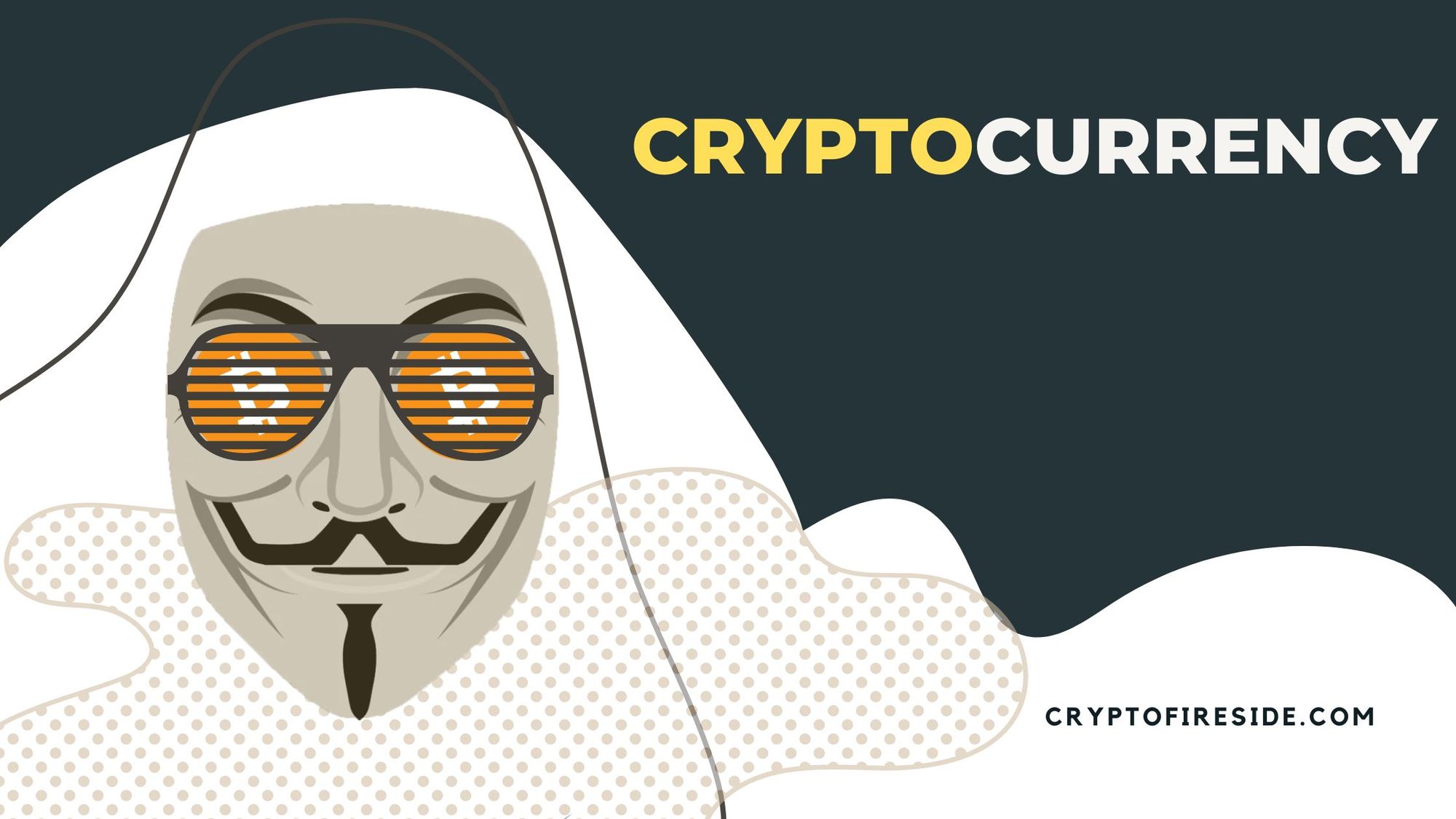
FAQ's
Is cryptocurrency a good investment?
That depends on who you ask. One thing is for sure, cryptocurrency is absolutely a volatile investment and so while some people have been lucky and made astronomical amounts of money, other people have lost their entire life savings. Know the risks, do your research and only invest what you can afford to lose.
Which cryptocurrency is best to invest in?
This is the million-dollar question and the truth is that no one knows the answer. If someone is telling you that they know which crypto is the best one to invest in, it's likely they just want to pump up the value of their own investments.
Why are cryptocurrencies Important?
Cryptocurrency offers solutions to global monetary problems and removes control of money from central authorities which are often criticized for creating problems such as inflation and bad debt. Some people argue that making crypto deflationary is a good thing. And others will say that private and anonymous cryptocurrencies like Monero offer regular people protection from authority figures.
Is cryptocurrency real money?
Cryptocurrency is not defined as real money but it is used as a medium of exchange and a digital asset. Cryptocurrency is also legal in most countries and is officially used as real money in El Salvador and the Central African Republic.
Where does cryptocurrency get its value from?
It depends on which crypto. Bitcoin gets its value from various sources, primarily being that it has a restricted supply and so demand is high, but also, it was the first cryptocurrency to launch and so it was able to achieve a network effect and much notoriety. Most cryptocurrencies derive value from the fact that they are decentralized forms of digital assets and many have practical utility.
Want to Keep Reading?
- Blockchain Backer - A Crypto YouTuber Review (Read THIS Before Watching)
- How Does OpenSea Make Money? (This Will SURPRISE You)
- Get Smart With Money (A NETFLIX Review)
- Regulatory Permissions Could Threaten Crypto Decentralization
- Streaming Services That Accept Crypto
Want to know how you can support Crypto Fireside?
Sign up below. It's free, it's easy, and it allows you to comment and join the discussion 🔥

